The intermediate level of education at Bihar board is a state of transition for students, who are journeying from general education to a more specialty-oriented study and skill development. To that end, the BSEB physics practicals are extremely important. Today, we will discuss the Bihar board physics lab syllabus, its structure, and the list of experiments and observations in it.
The Bihar board exams for classes 11-12 are held in February or March. This year it was held from the 1st to the 14th of February. The practical exams are generally held two to three weeks before the written papers. Therefore, students of class XI need to prepare for the BSEB physics practicals from now on. For this purpose, this comprehensive list of experiments and observations is going to come in very handy indeed.
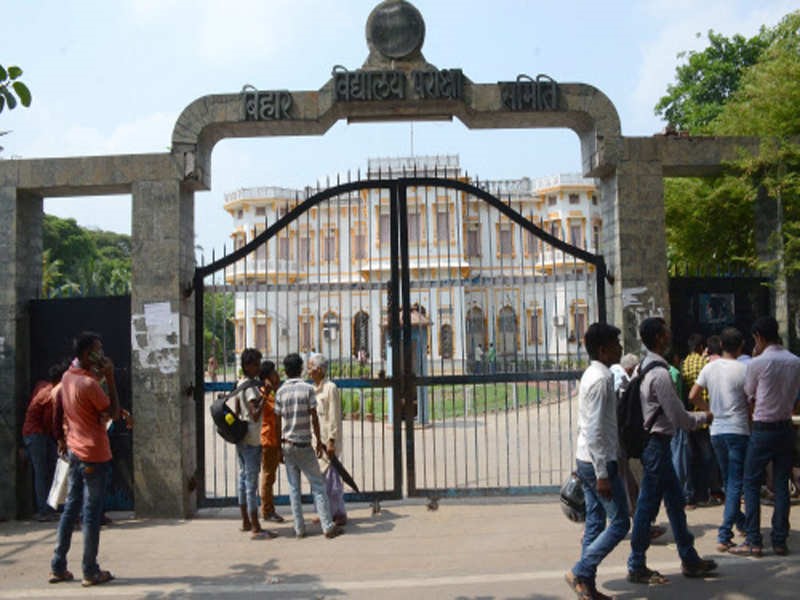
The school-level education system in the state of Bihar is controlled by the Bihar School Examination Board (or BSEB in short). The BSEB official website or Bihar board online link is here: http://biharboardonline.bihar.gov.in/ which is a secure website very useful for students, teachers, and school administrators.
The BSEB physics practical syllabus aims to be helpful in developing the process-oriented skills of the students. It augments the need to apply the concepts of physics to everyday life and promotes the students’ problem-solving skills. This will help students in making decisions based on clear reasoning, and make them able to investigate the cause and effects. It will also interest them in doing independent research and experimentation, of which skills the modern Indian workforce lacks a lot.
BSEP Physics Practical Syllabus for Class XI
The Bihar board practical syllabus for class 11 is divided into two sections. Students will have to complete at least 6 experiments from each section, totaling at least 15. Other than that, there are activities to be done, at least a couple from each section adding up to at least 6 in total. At the end of the year, students will have to present a record of all the experiments and activities they have done throughout the year, plus a report of a project they will have to undertake.
The BSEB physics practical exam for class 11 is three hours long and tests the students through 30 marks worth of action. These are distributed in the following way:
- 1 experiment from section A ‒ 8 marks
- 1 experiment from section B ‒ 8 marks
- Practical record for the year as mentioned above ‒ 6 marks
- Project work and report ‒ 3 marks
- Viva (oral) on all work ‒ 5 marks
SECTION A
Experiments
- Vernier calipers experiment:
- Diameter of a small spherical or cylindrical body
- Inner diameter, depth, and volume of a beaker or calorimeter
- Screw gauge:
- Diameter of a given wire
- Thickness of a sheet
- Volume of an irregular lamina
- Spherometer:
- Radius of curvature of a given spherical surface
- Beam balance:
- Mass of two different objects
- Parallelogram:
- Weight of a given body
- Simple pendulum experiment:
- L-T2 graph and effective length of seconds pendulum
- Variation of time period for bobs of different mass
- Coefficient of friction:
- Relationship between force of limiting friction and normal reaction, and find the coefficient
- Object on an inclined plane:
- Graph between downward gravitational force on sliding object and sine of angle of inclination
Activities
These activities are not to be performed by students; the teacher or lab instructor should demonstrate them only. The students need to note down their observations and conclusions.
- Making a paper scale of a given least count (2mm or 5mm).
- Using the principle of moments to find out the mass of a given body with a meter scale.
- Showing how to make a graph with different scales and error bars.
- Finding out the force of limiting friction for a rolling object on a horizontal plane.
- Studying the relationship between the range of a projectile and angle of its projection.
- Showing the conservation of energy of a ball rolling on a double inclined plane.
- Showing how energy dissipates in a pendulum by plotting a graph between the square of amplitude and time.
SECTION B
Experiments
- Young’s modulus:
- Find the modulus of elasticity for a given wire
- Helical spring:
- Determine the force constant with graph between load and extension
- Plot P-V and P-1/V graphs air at constant temperature for different pressures and volumes
- Capillary tube experiment:
- Find out the surface tension of water
- Coefficient of viscosity:
- Determine the viscosity of a liquid by measuring the terminal velocity of a moving spherical body immersed in it
- Cooling curve:
- Find the relationship between the temperature of a hot body and time
- Specific heat:
- Find out the specific heat of a solid by method of mixtures
- Sonometer experiment:
- Plot frequency vs length for constant tension
- Plot length vs tension for constant frequency
- Resonance tube experiment:
- Figure out the speed of sound at room temperature for 2 resonance positions
Activities
Same as above, these activities are there for demonstration purposes only.
- Plot a cooling curve for molten wax
- Explain the effect of heating a bi-metallic strip
- Demonstrate the effect of heat on volume of liquid
- Capillary tube experiment: add detergent to water and explain the effect
- Explain and show the factors that affect the rate of loss of heat in a liquid
- Show how weight affects a clamped meter scale placed on its end and at the middle
- Demonstrate Bernoullie’s effect on how pressure drops if velocity increases
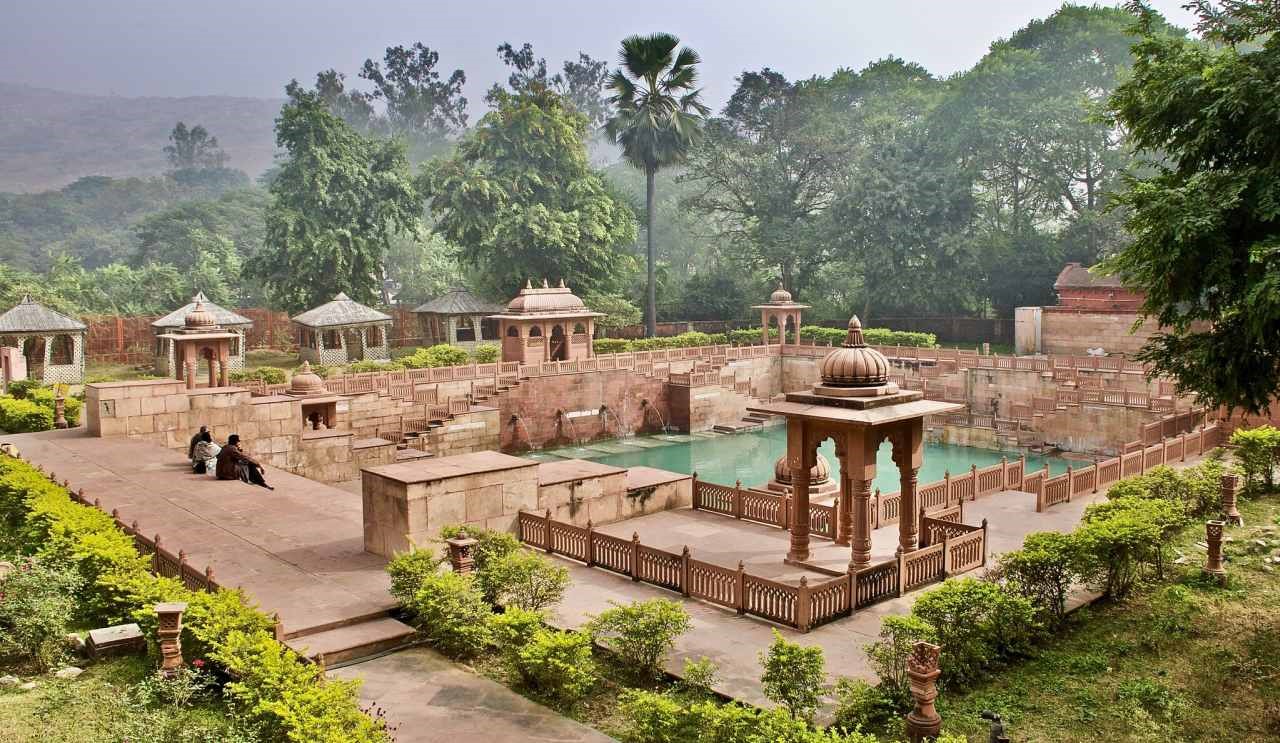
Bihar Board Physics Practical Syllabus for Class XII
The rules and marks distributions for the second year of Bihar board intermediate are the same as the first year, as above. The students submit a record and give the examination, as usual ‒ based on the below-mentioned experiments and observations.
SECTION A
Experiment
- Plot a graph for potential difference vs current, and hence find out the resistance per unit length of a given wire.
- Meter bridge experiment:
- Find out the resistance of a given wire and specific resistance of its material.
- Resistance in series (laws of combination)
- Resistance in parallel (laws of combination)
- Potentiometer experiment:
- Compare the electromotive force of two primary cells.
- Find out the internal resistance of a cell.
- Galvanometer experiment:
- Find out the resistance of a galvanometer by half-deflection method and find its figure of merit.
- Convert a galvanometer to a voltmeter.
- Convert a galvanometer to an ammeter.
- Determine the frequency of the AC mains using a sonometer.
Activities
- Show the impedance and resistance of an inductor with and without its iron core.
- Demonstrate using a multimeter to measure voltage, current, and resistance in DC and AC circuits.
- Assemble a household circuit with a power source, a fuse, three bulbs and three switches.
- Assemble the components of a given circuit.
- Show the potential drop with increasing length of wire for constant current.
- Make an improperly connected open circuit with at least one battery, resistor, key, ammeter and voltmeter; and then explain why the circuit looks wrong and show how to correct it.
SECTION B
Experiments
- Mirror experiments:
- Plot v vs u for a concave mirror for different lengths, and hence find out its focal length.
- Use a convex lens to figure out the focal length of a convex mirror.
- Lens experiments:
- Plot u-v and 1/u-1/v graph for a convex lens and find its focal length.
- Use a convex lens to find the focal length of a concave length.
- Prism experiment:
- Plot a graph between angle of incidence and angle of deviation and hence find its minimum angle of deviation.
- Use a traveling microscope to find out the refractive index of a glass slab.
- Determine the refractive index of a liquid using a convex lens and plane mirror.
- Diode experiment:
- Plot the I-V curve for a pn junction diode in forward and reverse bias.
- Plot the characteristics curve of a zener diode and figure out its reverse breakdown voltage.
- Determine the wavelength of a laser beam by diffraction method.
Activities
- Make a mixed collection of various small electronic items and show how to separate resistors, capacitors, LEDs, and diodes from the mix.
- Show how a multimeter can be used to check if a diode and an LED are working properly.
- Show the effect of intensity of light on an LDR.
- Demonstrate the refraction and lateral deviation of a light ray falling obliquely on a glass slab.
- Use two polaroids to demonstrate the polarization of light.
- Use a thin slit to demonstrate the diffraction of light.
- Use a candle and a screen to form a clear image formed by a convex lens and concave mirror, for different distances.
- Show how to make a combination of lenses that produce a specific focal length.
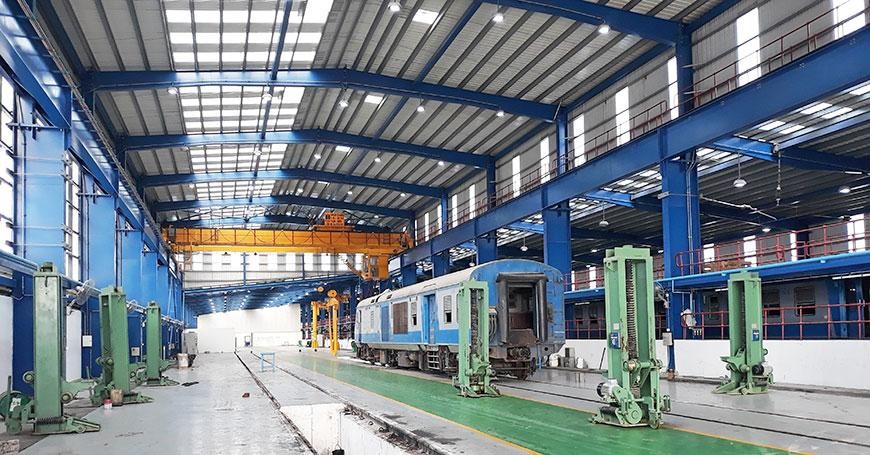
How to do BSEB Physics Practicals
The Bihar board physics practical syllabus, as described above, has a lot to learn in it. It requires patience and hard work to get through all the curriculum. However, some schools choose not to complete the full syllabus, for many valid reasons. But if you are lacking in your basic practical skills, it would be hard for you to cope in the later years of your career (if you’re going into applied physics or engineering way). In this case, you can take the help of Labkafe Tutorials.
Good news here! You can do all of the above practicals with our BSEB Physics Lab Package, which includes all kinds of lab equipment , lab apparatus, instruments and everything else you may need to perform these experiments and observations. This lab package is preconfigured to match the affiliation for the Bihar board intermediate level requirement. But do note that you will still need a proper dry lab furniture setup to conduct these experiments.
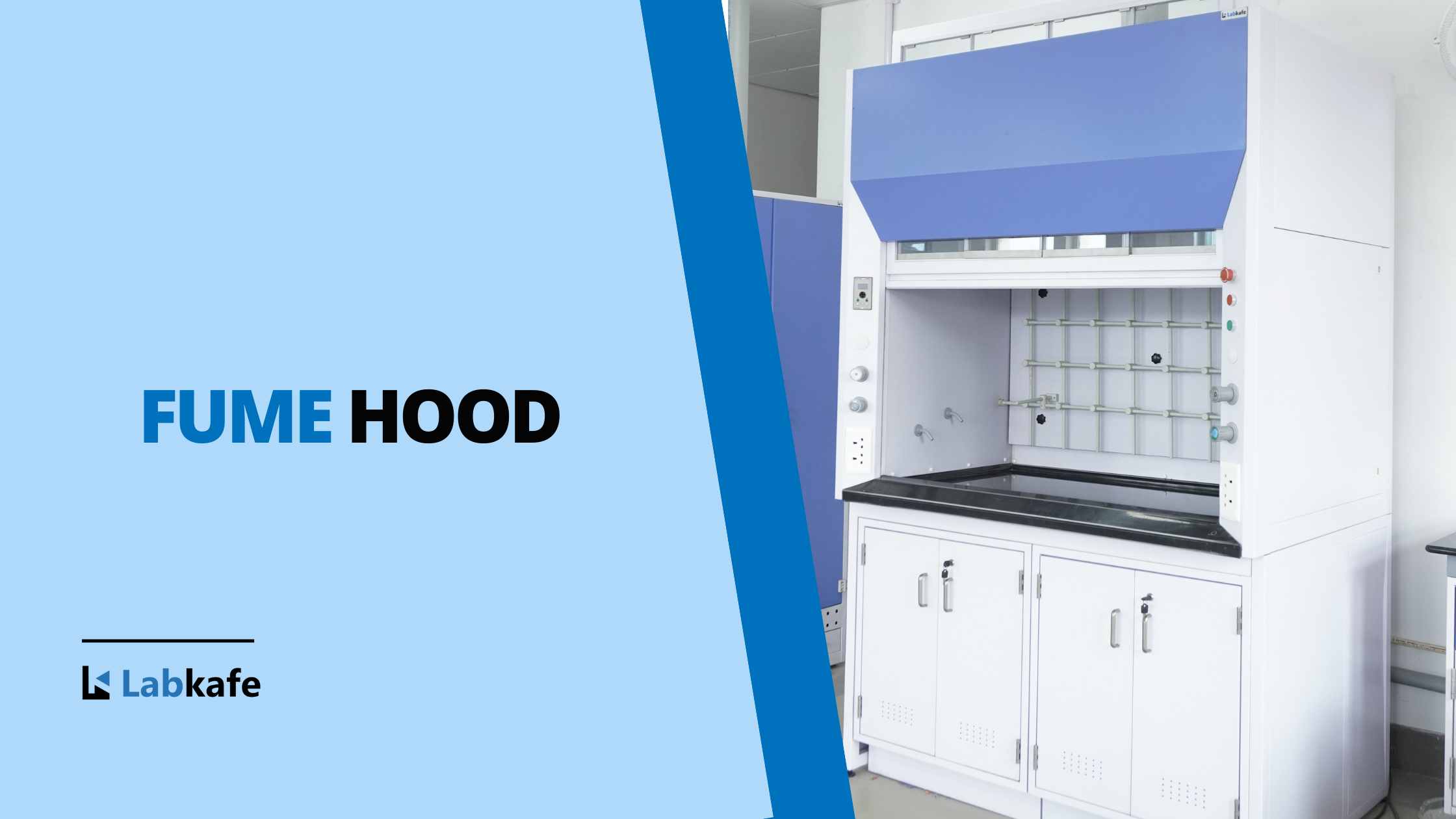
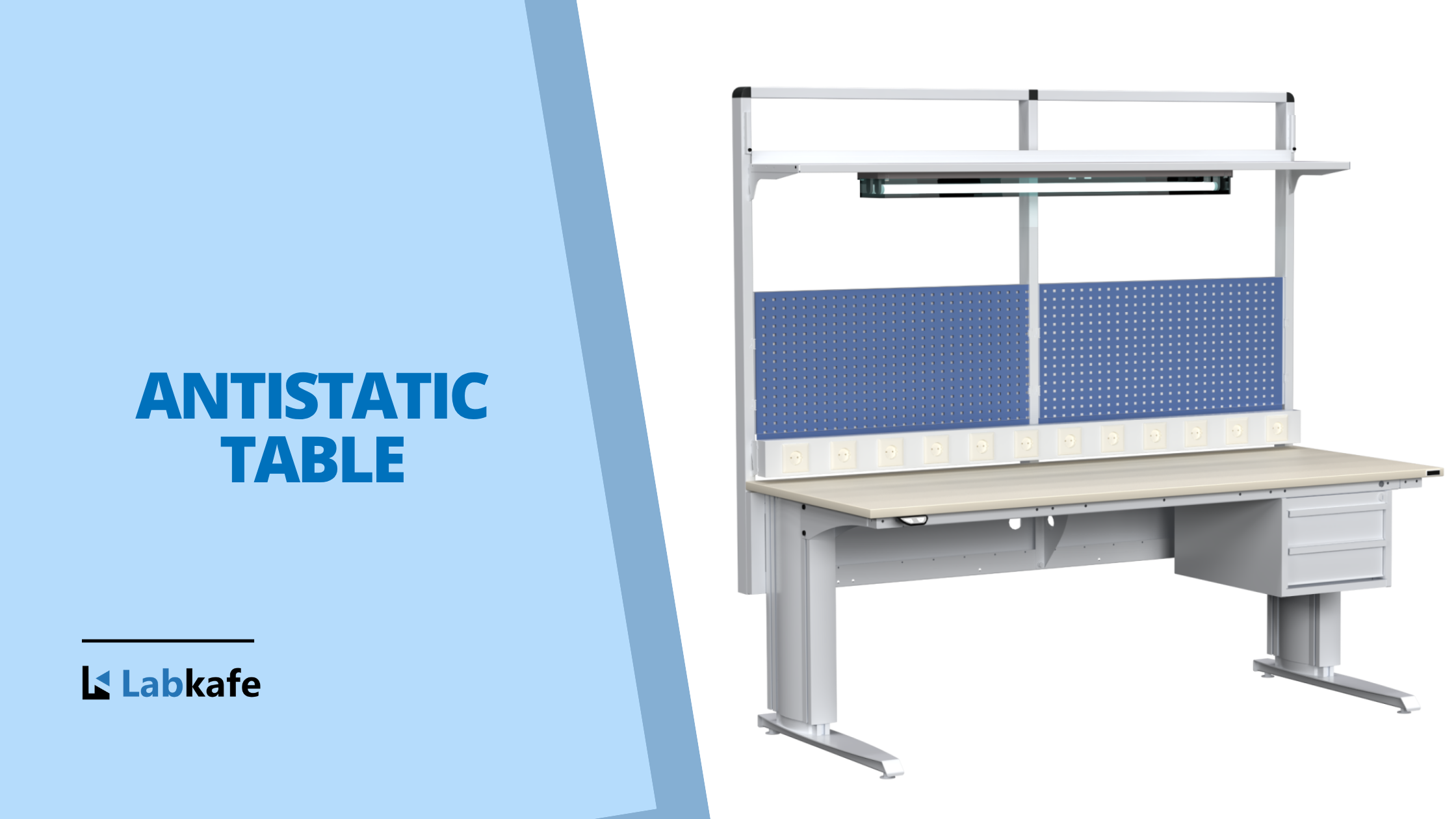
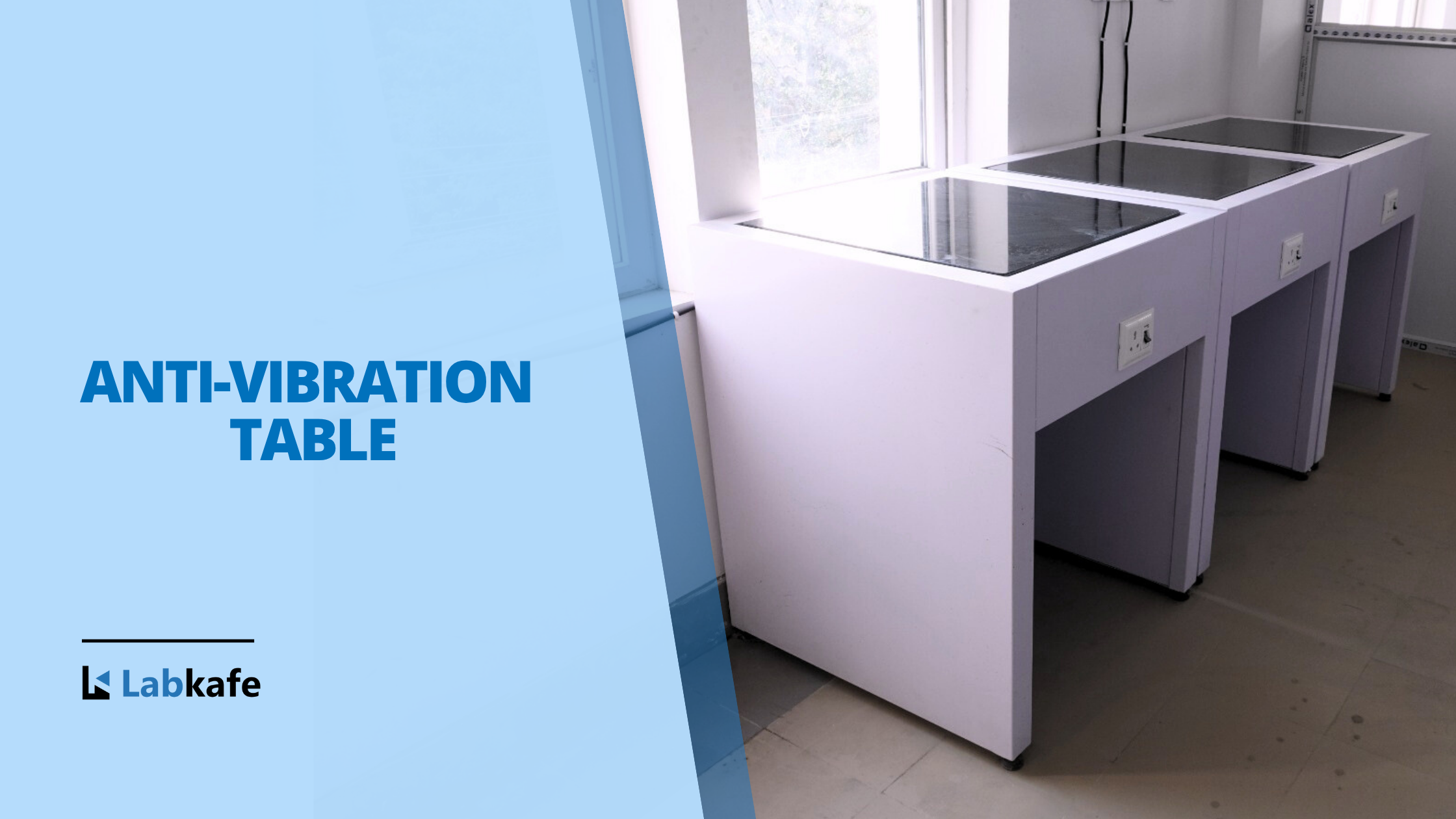
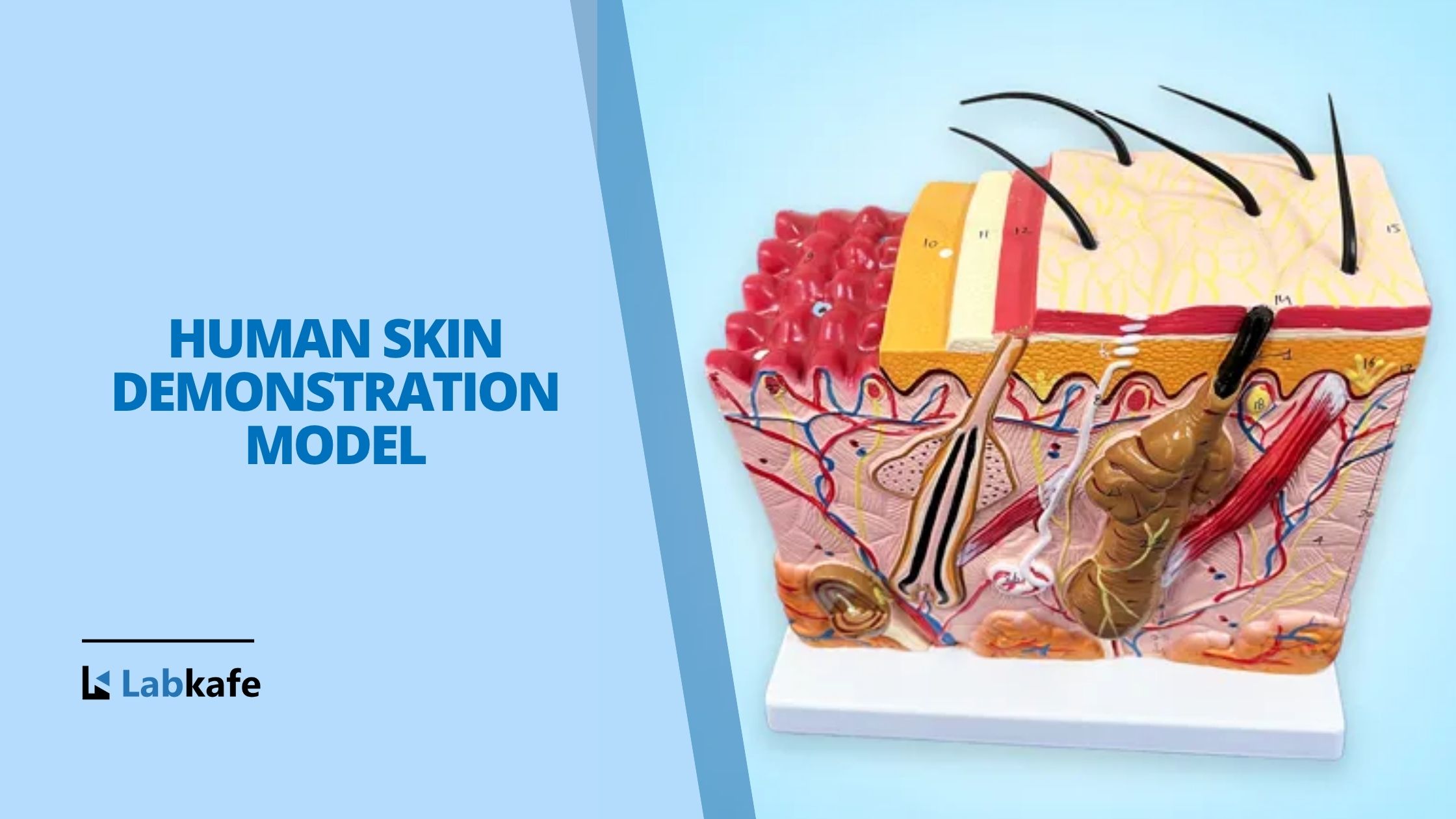
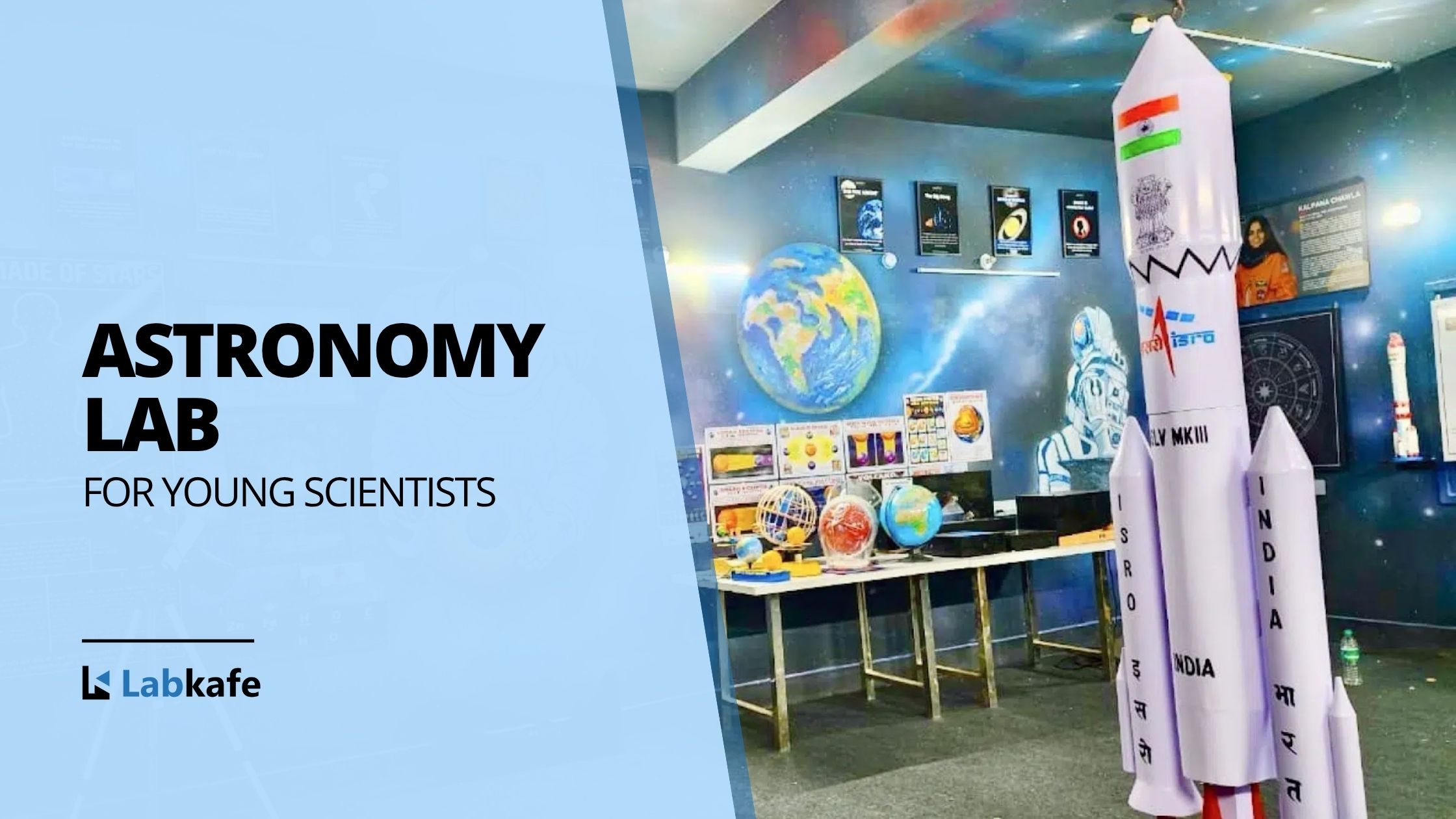
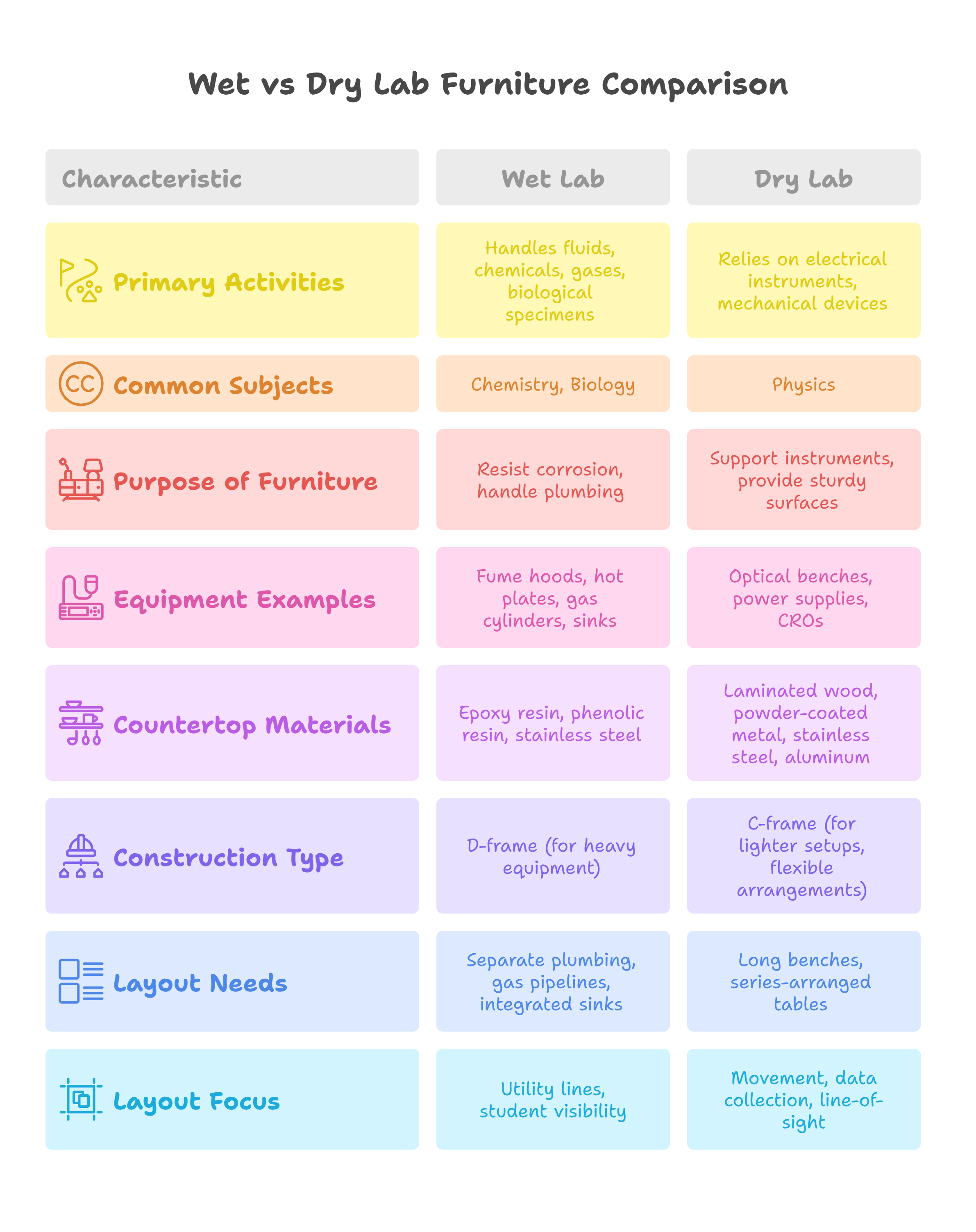
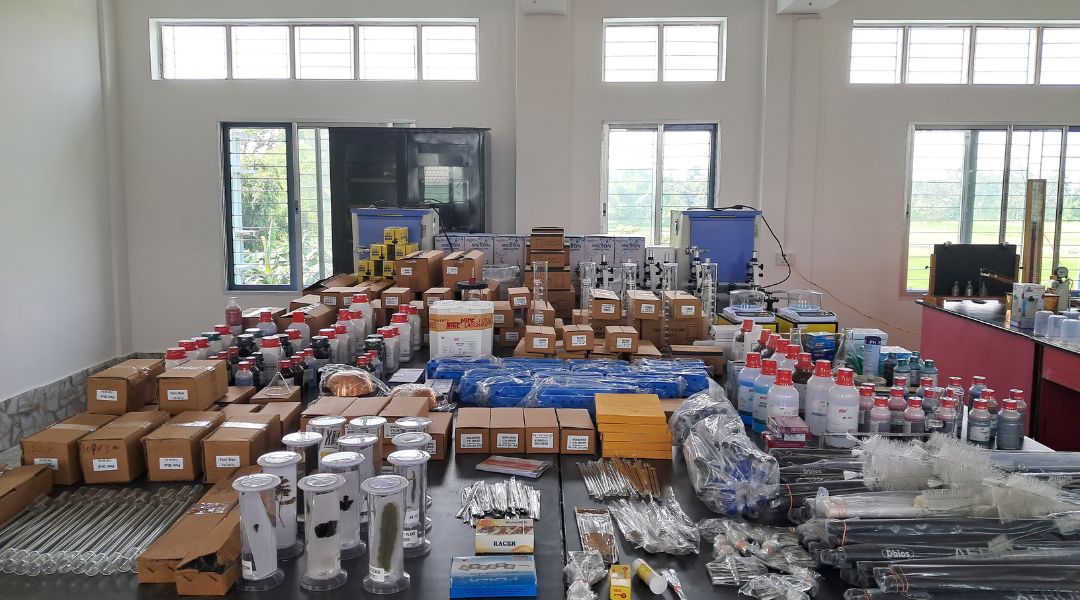
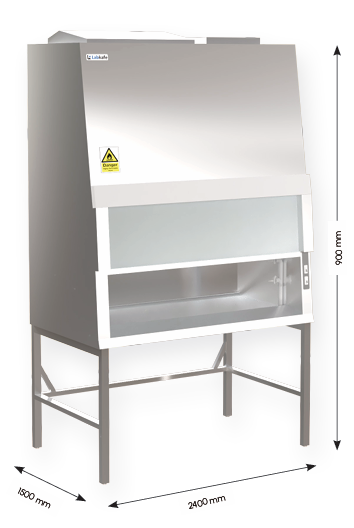
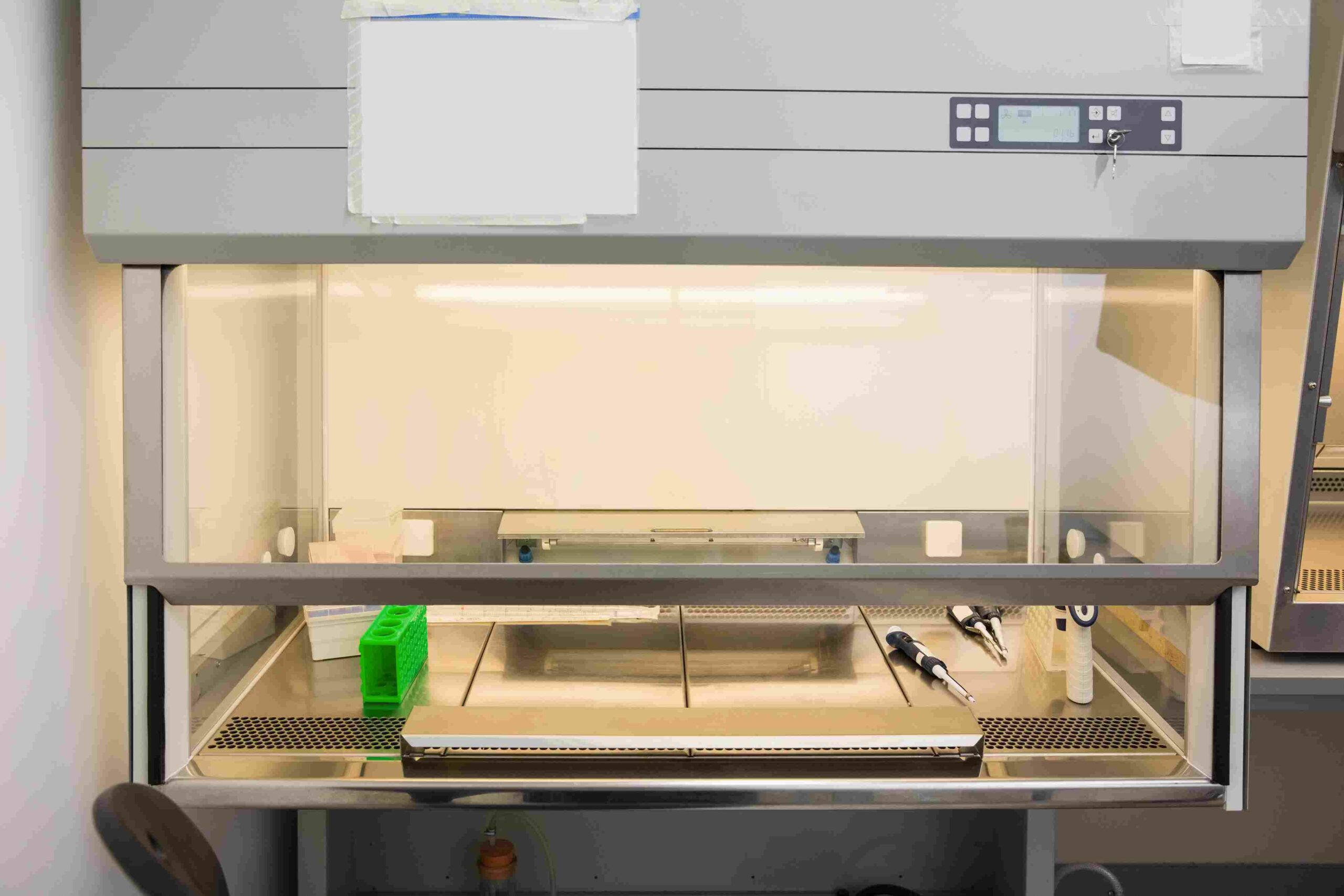
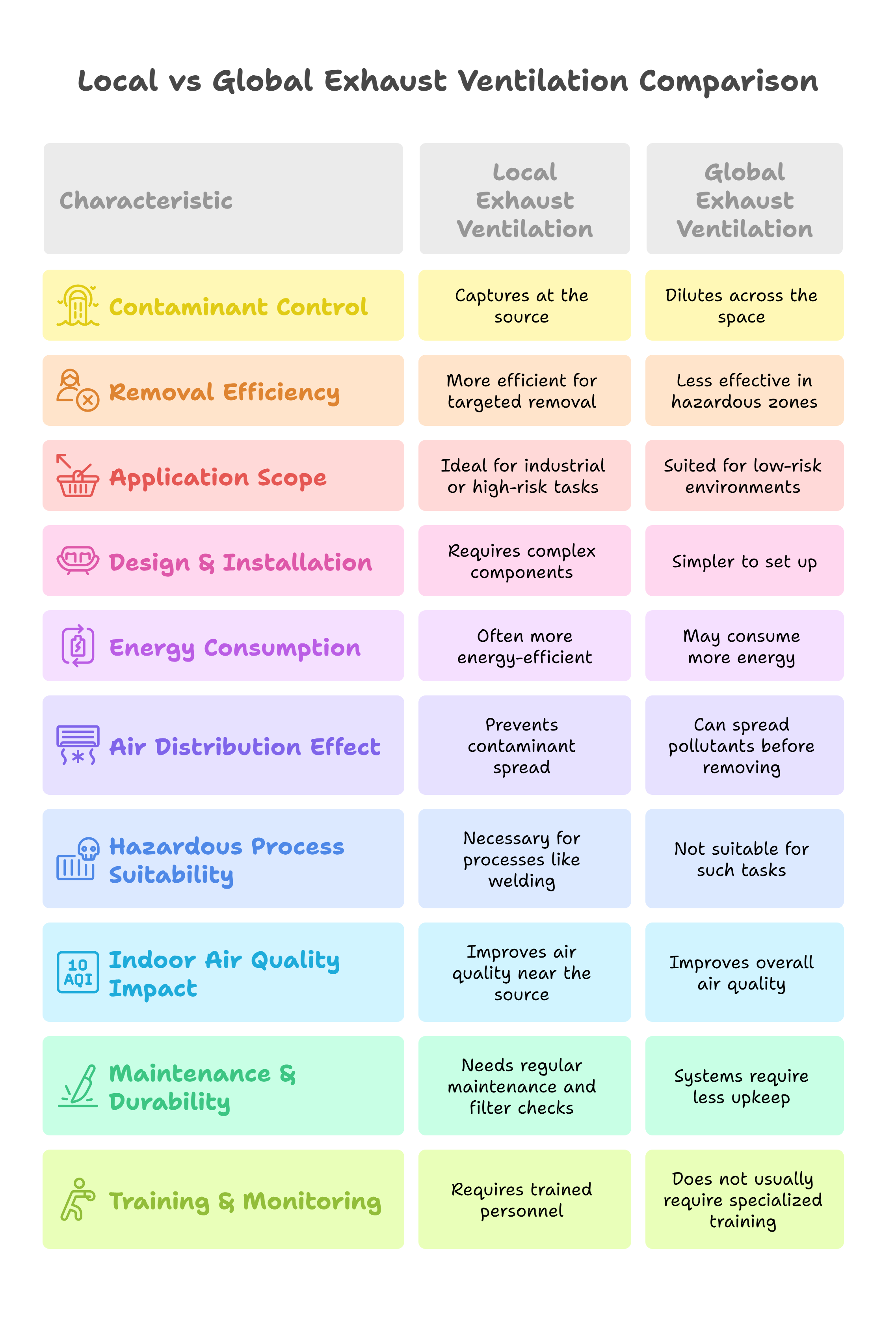
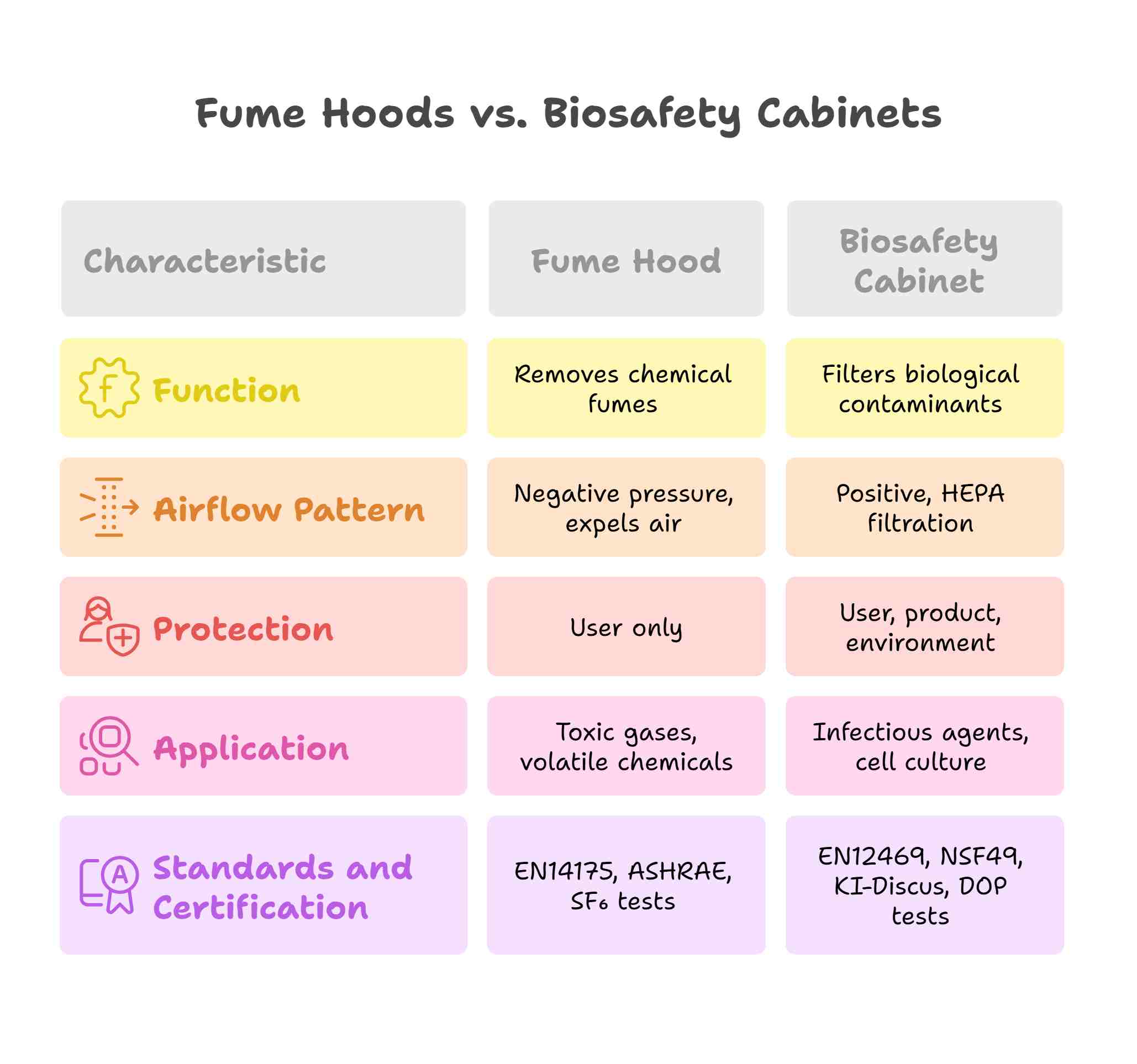
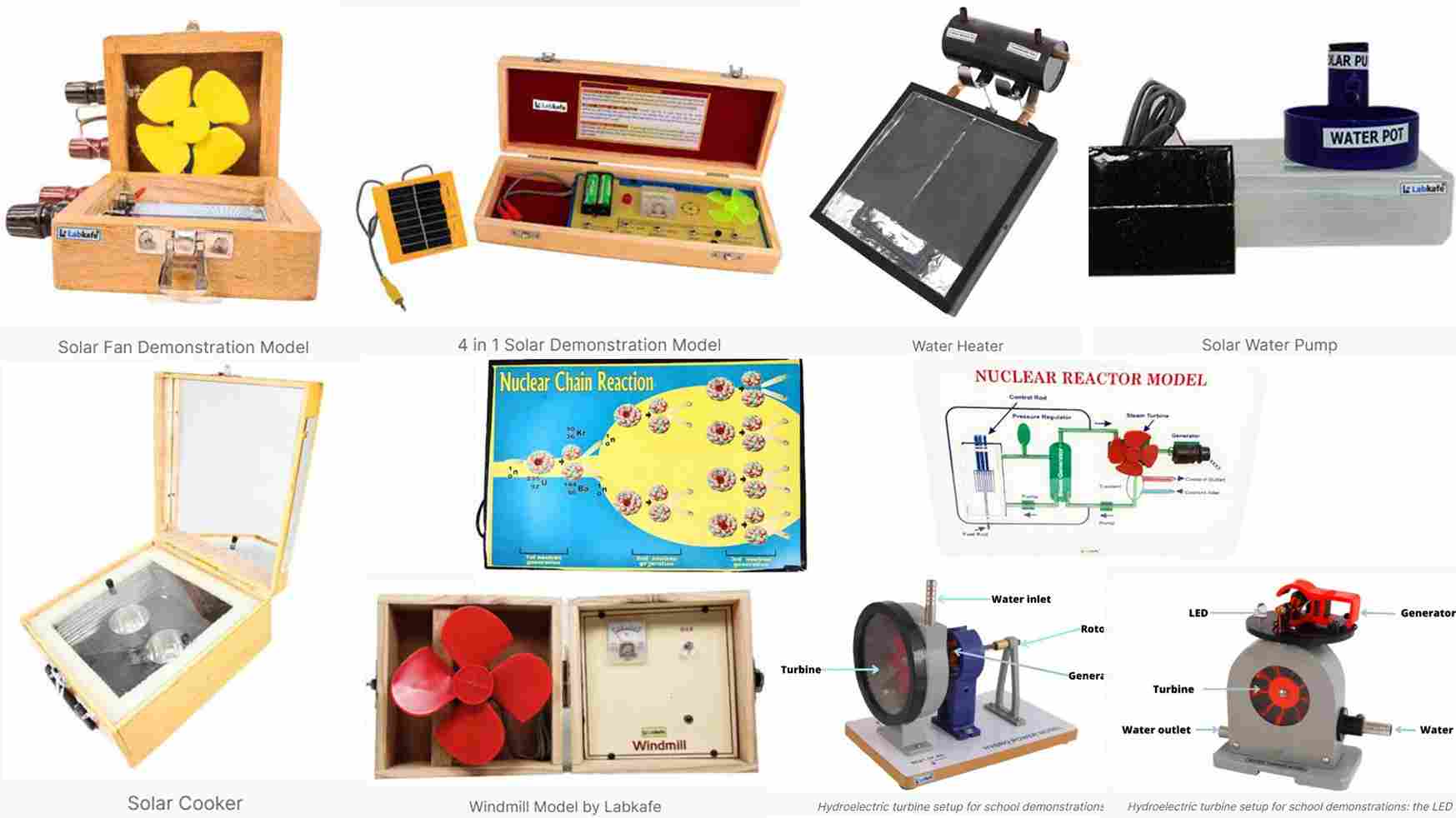
Leave a Reply